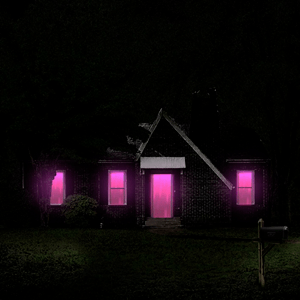National blood shortage threatens to further harm the overwhelmed hospital system
Credit: Jonathan Lo
Former Loy Norrix student Myron Sykes after giving blood in 2016. Loy Norrix hasn’t held the blood drive for 2 years due to Covid concerns, but hopes to return to form this March.
March 4, 2022
Blood drives are a time-honored tradition of high schools, whether run through the school itself, an advanced health class, or volunteer organizations like National Honor Society or Key Club. High schoolers also make up one of the age groups which give the most blood. According to the Red Cross, they made up 25% of all blood donations before the pandemic.
Seventeen year olds and above can give blood so long as they meet weight requirements (consult the Red Cross site to see if you qualify) and 16 year olds can donate at high school blood drives with parental permission.
National Honor Society advisor and history teacher Matthew Porco said, “Norrix has always had one of the largest blood drives in Southwest Michigan schools, so we’re eager to get it running again.”
But the same report also shows a crisis in blood reserves, with scarcely a one-day supply left in some places. With a combination of falling student donation, COVID and influenza concerns, and nationwide blood drive cancellations, the Red Cross’ blood intake is at dangerously low levels. This could herald danger not only for those in critical condition, but people with conditions such as the sickle cell anemia, cancer, chronic illness, or many other illnesses that require transfusion.
An article from the Community Blood Center details how many modern medical practices rely on a supply of fresh blood, and that just one pint of blood could save three lives.
High schoolers, who are more likely to have a healthy blood pressure and height/weight for giving blood than adults also qualify more often to give things other than blood, such as platelets and blood plasma, due to the greater strain on the body when giving them.
It’s not only blood that is in short supply – platelets and plasma are in dire need almost all year round. However, plasma is only able to be given by those over 18. Many teenagers even qualify to give double the usual amount via the “Power Red” method, a process in which double the red blood cells are drawn from the donor’s body, while the platelets and plasma that come with normal blood drawing are put back into the system along with saline.
If you are interested in giving blood, make sure to follow the tips and guide set out by the University of Michigan: before giving blood you should eat and rest plenty. Afterwards, blood donors should relax strenuous physical activity. Also make sure you qualify before giving blood.
Although the blood drive for students and staff here at Norrix, run via cooperation between NHS and the Red Cross will be held on March 21st from 7:00 a.m. to 1:30 p.m.
There are a number of other options to give blood in Kalamazoo in the meantime. Contact the Red Cross or Versiti.
There are various places to give plasma as well, such as Octapharma Plasma and Biomat USA, if you qualify to give plasma according to the WHO guidelines.












